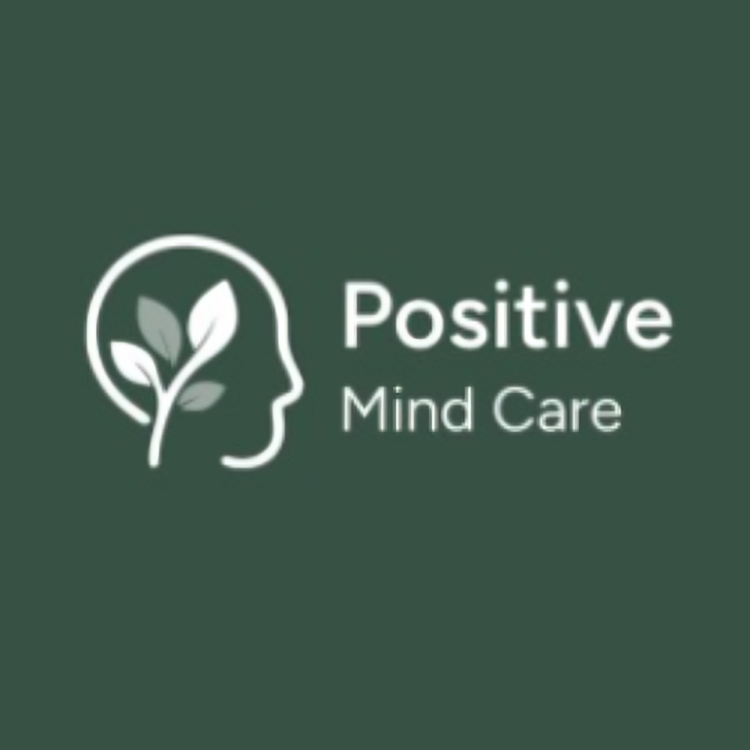Obsessive-Compulsive Disorder (OCD) is a mental health condition characterized by recurring, intrusive thoughts (obsessions) and repetitive behaviors or mental acts (compulsions). It affects millions of people worldwide, causing significant distress and impairing daily functioning. Understanding the types, symptoms, treatment options, and coping strategies for OCD is essential in providing support and promoting recovery for individuals living with this disorder.
Types of OCD
OCD presents in various forms, often categorized into different subtypes based on the predominant themes of obsessions and compulsions. Common subtypes include:
- Contamination OCD: Obsessions revolve around fear of contamination by germs, dirt, or harmful substances. Compulsions typically involve excessive cleaning, handwashing, or avoidance of perceived contaminants.
- Checking OCD: Individuals experience intrusive thoughts of harm or doubt, leading to repetitive checking behaviors such as ensuring doors are locked, appliances are turned off, or personal belongings are intact.
- Symmetry and Ordering OCD: Obsessions focus on achieving perfection, symmetry, or precise orderliness. Compulsions involve arranging objects symmetrically, counting, or seeking reassurance about order.
- Hoarding OCD: Individuals struggle with persistent difficulty discarding possessions, leading to excessive accumulation of items and clutter in their living spaces.
- Intrusive Thoughts OCD: Disturbing thoughts or mental images of harm, violence, or taboo subjects cause distress. Compulsions may include mental rituals or avoidance behaviors to alleviate anxiety.
Symptoms of OCD
OCD symptoms can significantly impact various areas of an individual’s life. The following are common symptoms associated with OCD:
- Obsessions: Intrusive and persistent thoughts, images, or urges that cause anxiety or distress. Examples include fears of contamination, worries about harm, or concerns with symmetry.
- Compulsions: Repetitive behaviors or mental acts performed to reduce anxiety or prevent feared outcomes. Common compulsions include excessive cleaning, checking, counting, or repeating specific words or phrases silently.
- Avoidance: Individuals may avoid situations, objects, or places that trigger their obsessions, leading to limitations in daily functioning and avoidance of activities they once enjoyed.
- Impact on Daily Life: OCD symptoms can consume a significant amount of time and energy, interfering with work, social interactions, and relationships.
Treatment of OCD
OCD treatment involves a combination of psychotherapy, medication, and self-help strategies. Collaborative efforts between individuals, mental health professionals, and support systems are crucial for effective management.
- Cognitive-Behavioral Therapy (CBT): CBT, specifically Exposure and Response Prevention (ERP), is the gold standard psychotherapy for OCD. ERP involves gradually exposing individuals to their feared thoughts or situations while refraining from performing compulsions.
- Medication: Selective Serotonin Reuptake Inhibitors (SSRIs), such as fluoxetine or sertraline, are commonly prescribed antidepressants that can help alleviate OCD symptoms.
- Self-Help Strategies: Alongside therapy and medication, individuals can use self-help strategies to cope with OCD. This includes stress management techniques, regular exercise, maintaining a balanced lifestyle, and seeking support from peer support groups or online communities.
- Deep TMS: Deep Transcranial Magnetic Stimulation (Deep TMS) is a non-invasive brain stimulation technique that has shown the potential to reduce symptoms of OCD. However, it is important to note that there is currently no known cure for OCD. Deep TMS is primarily used as an adjunctive treatment to help alleviate symptoms and improve overall well-being in individuals with OCD.
Coping with OCD
Living with OCD can be challenging, but several coping strategies can help individuals manage their symptoms and improve their quality of life:
- Psychotherapy: Cognitive-behavioral therapy (CBT) is a type of psychotherapy that has been found to be effective in treating OCD. In CBT, a therapist helps the person with OCD to identify and challenge their obsessive thoughts and compulsive behaviors.
- Medications: Antidepressants and anti-anxiety medications can be effective in reducing the symptoms of OCD. These medications work by altering the levels of certain brain chemicals involved in regulating mood and anxiety.
- Mindfulness Meditation: Mindfulness meditation is a technique that involves focusing your attention on the present moment and accepting your thoughts and feelings without judgment. Mindfulness meditation has been found to be effective in reducing anxiety and improving the symptoms of OCD.
- Relaxation techniques: Relaxation techniques such as deep breathing, progressive muscle relaxation, and visualization can help to reduce anxiety and stress levels, which are common triggers for OCD symptoms.
Living with OCD involves managing intrusive thoughts (obsessions) and engaging in repetitive behaviors (compulsions) to reduce anxiety. It can be a challenging and distressing experience, impacting various aspects of daily life. Individuals with OCD often face persistent thoughts that cause anxiety, leading to time-consuming rituals and avoidance behaviors. The condition may cause significant distress, interfere with work, relationships, and social interactions, and lead to feelings of shame or isolation. However, with the right treatment, including therapy, medication, and coping strategies, individuals can learn to manage their symptoms, reduce anxiety, and regain control over their lives. Support from mental health professionals and a strong support network is crucial in navigating life with OCD.



